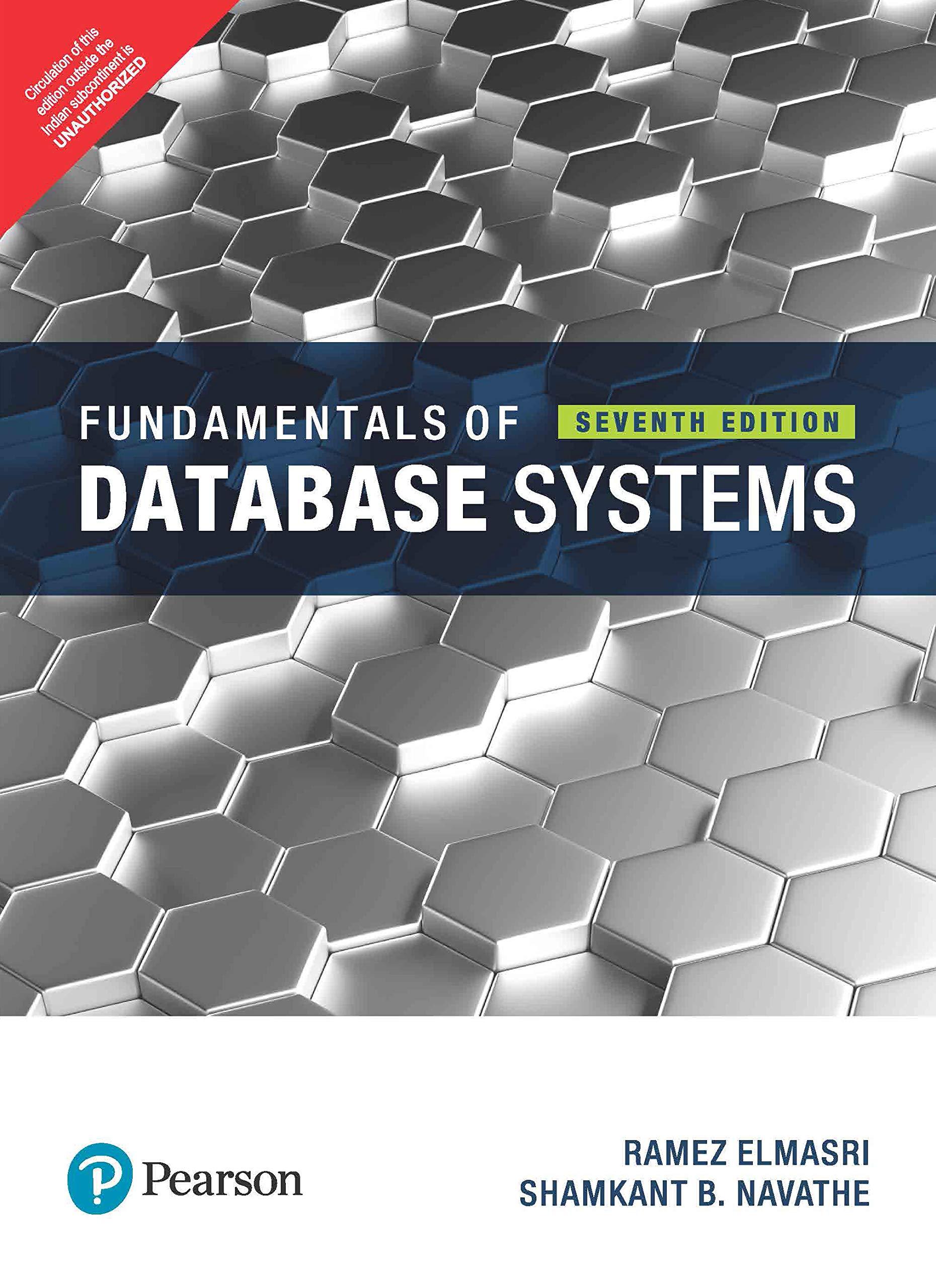Answered step by step
Verified Expert Solution
Question
1 Approved Answer
Using Java Design, implement, and test the SOP expression hierarchy. Sums of Products The SOP processor executes SOP expressions. class Processor { public Double execute
Using Java Design, implement, and test the SOP expression hierarchy.


Sums of Products The SOP processor executes SOP expressions. class Processor { public Double execute (Expression exp) { return exp.execute(); The SOP language currently has three types of expressions: numbers, sums, and products. expression ::= number | sum product A sum is the token "sum" followed by a list of 2 or more expressions: sum(a, b, ...) A product is the token "mul" followed by a list of 2 or more expressions: mul (a, b, ...) A number has the format num(x) where x is any Java Double: num(-3.14) Here are a few examples of SOP expressions and their values: num (5.1) // = 5.1 sum (num (3.0), num (4.0), num (5.0)) // = 12 mul (num (2.0), sum (num (3.0), num (4.0), num (5.0))) // - 24 Design, implement, and test the SOP expression hierarchy. Notes Here's a start on a test harness. Add more tests: TestSOP.java. My constructors for Sum and Product use Java's varargs feature: Sum (Expression operand ...) (...) For example new Sun (a, b, c) gathers the inputs into an array (a, b, c). public class Test SOP { public static void main(String[] args) { Processor proc = new Processor(); Expression el = new Number(2.0); Expression e2 = new Number(3.1); Expression e3 = new Number(-5.0); Sum sl = new Sum(el, e2, e3); System.out.println("sl - " + proc.execute(sl)); Product pl = new Product(si, e3); System.out.println("sl - " + proc.execute(sl)); 11 etc. Sums of Products The SOP processor executes SOP expressions. class Processor { public Double execute (Expression exp) { return exp.execute(); The SOP language currently has three types of expressions: numbers, sums, and products. expression ::= number | sum product A sum is the token "sum" followed by a list of 2 or more expressions: sum(a, b, ...) A product is the token "mul" followed by a list of 2 or more expressions: mul (a, b, ...) A number has the format num(x) where x is any Java Double: num(-3.14) Here are a few examples of SOP expressions and their values: num (5.1) // = 5.1 sum (num (3.0), num (4.0), num (5.0)) // = 12 mul (num (2.0), sum (num (3.0), num (4.0), num (5.0))) // - 24 Design, implement, and test the SOP expression hierarchy. Notes Here's a start on a test harness. Add more tests: TestSOP.java. My constructors for Sum and Product use Java's varargs feature: Sum (Expression operand ...) (...) For example new Sun (a, b, c) gathers the inputs into an array (a, b, c). public class Test SOP { public static void main(String[] args) { Processor proc = new Processor(); Expression el = new Number(2.0); Expression e2 = new Number(3.1); Expression e3 = new Number(-5.0); Sum sl = new Sum(el, e2, e3); System.out.println("sl - " + proc.execute(sl)); Product pl = new Product(si, e3); System.out.println("sl - " + proc.execute(sl)); 11 etc
Step by Step Solution
There are 3 Steps involved in it
Step: 1

Get Instant Access to Expert-Tailored Solutions
See step-by-step solutions with expert insights and AI powered tools for academic success
Step: 2

Step: 3

Ace Your Homework with AI
Get the answers you need in no time with our AI-driven, step-by-step assistance
Get Started


